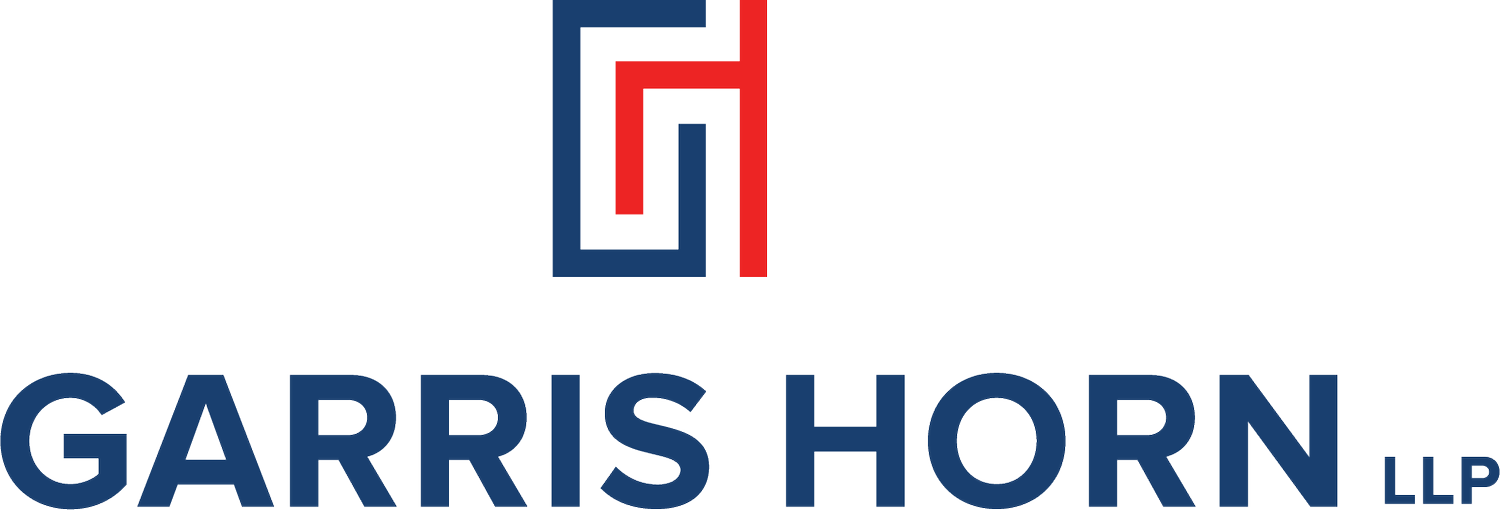Student Loan Collections Resume: What Mortgage Lenders Need to Know
The U.S. Department of Education announced on April 21, 2025 that it will resume collections on defaulted federal student loans beginning May 5, 2025. After a pause that began taking shape in March 2020, this move will have ripple effects across the financial services sector – especially for mortgage lenders and servicers.
For C-suite leaders in the mortgage space, the return of federal collections marks a key moment: borrower behavior is about to change, and your underwriting strategy should be ready.
What This Means for Mortgage Lenders
1. Credit Scores Are at Risk
As student loan collections resume, delinquencies and defaults may rise—especially among more vulnerable borrower segments. This could lead to lower credit scores, which may disqualify otherwise qualified mortgage applicants or push them into higher-risk tiers.
2. Debt-to-Income Ratios Will Climb
With monthly student loan payments reinstated, many borrowers will see a direct hit to their DTI ratios—a key factor in mortgage qualification. This may reduce loan eligibility or push borrowers toward smaller loan amounts.
3. Application Volume May Dip
Financial pressure from renewed loan payments could delay homeownership plans – especially for younger buyers – potentially resulting in reduced origination volume in an already battered market.
What Borrowers Are Facing
Borrowers in default could face wage garnishments, tax refund seizures, and other offsets.
Reintroducing student loan payments will shrink disposable income, especially among some borrowers.
Many borrowers may be unaware of relief options like loan rehabilitation or income-driven repayment (IDR) plans.
How Mortgage Companies Can Prepare
1. Educate Your Borrowers
Offer tools, content, or referrals to help borrowers navigate repayment options, boost their credit profiles, and prepare for homeownership.
2. Reevaluate Underwriting Models
Ensure your underwriting framework accounts for these student loan obligations and models post-pandemic borrower behavior realistically.
3. Monitor Market Shifts
Keep a close eye on the student loan collections restart impact on mortgage pipelines. Focus your marketing and originations strategies where financial readiness remains strong while keeping a sharp eye out on ever-present fair lending risks.
Looking Ahead
The resumption of student loan collections is a policy shift with wide-reaching implications. For mortgage lenders, it’s both a challenge and an opportunity: a chance to refine risk strategies, strengthen borrower relationships, and adapt product offerings to a changing financial landscape.
Stay ahead of the curve. If you have questions about how this development may impact your business or your clients, contact Troy Garris at troy@garrishorn.com.
